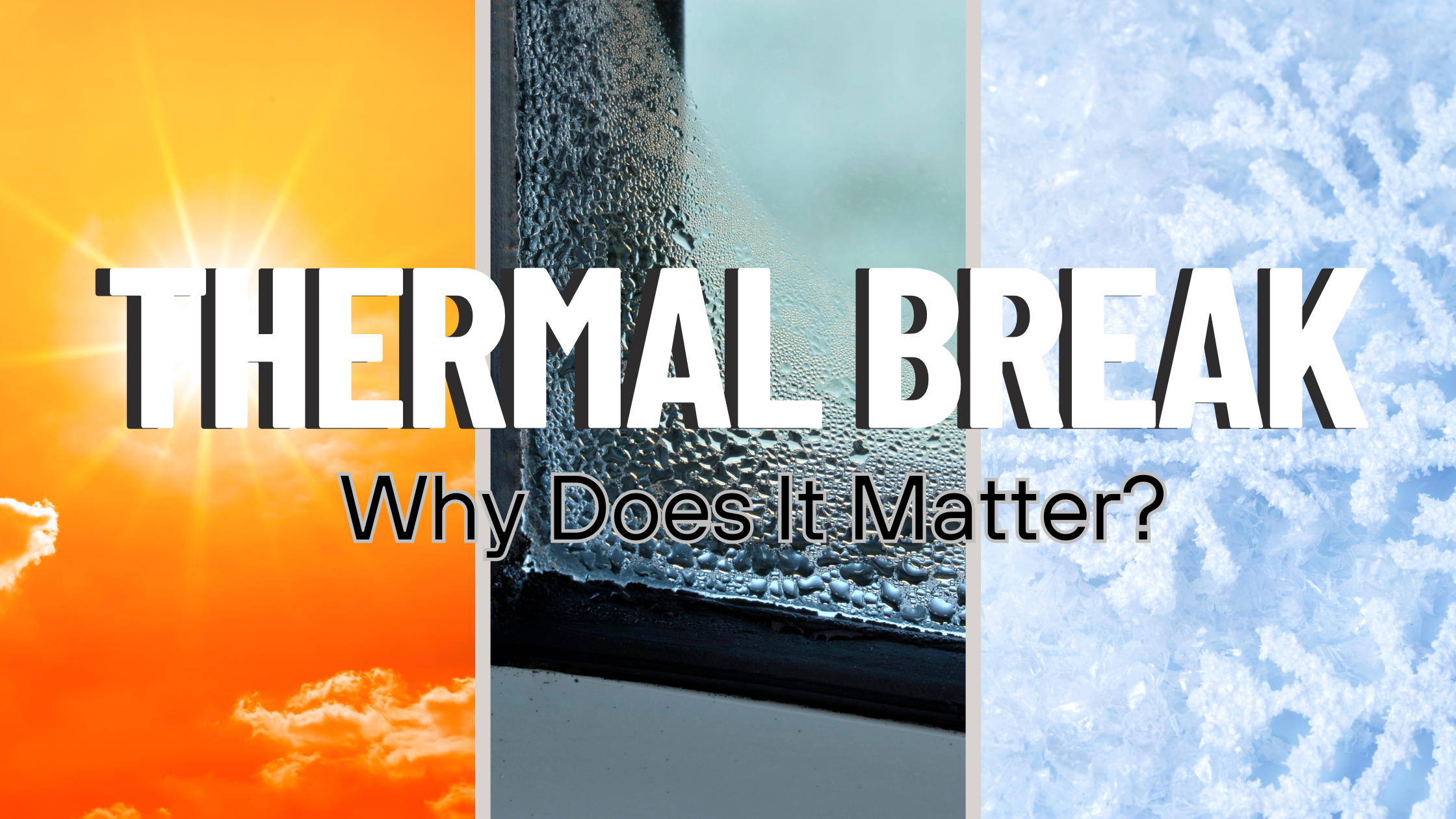Role of Smoke Vents in Evacuation Planning for Commercial Buildings
Emergency Preparedness
In the event of a fire emergency, the safety and well-being of building occupants rely heavily on effective evacuation planning and systems. Smoke vents are integral components of emergency preparedness in commercial buildings, facilitating the safe evacuation of occupants and aiding firefighting efforts. In this blog, we'll explore the crucial role of smoke vents in evacuation planning and their contribution to enhancing overall safety in commercial properties.






.png)



